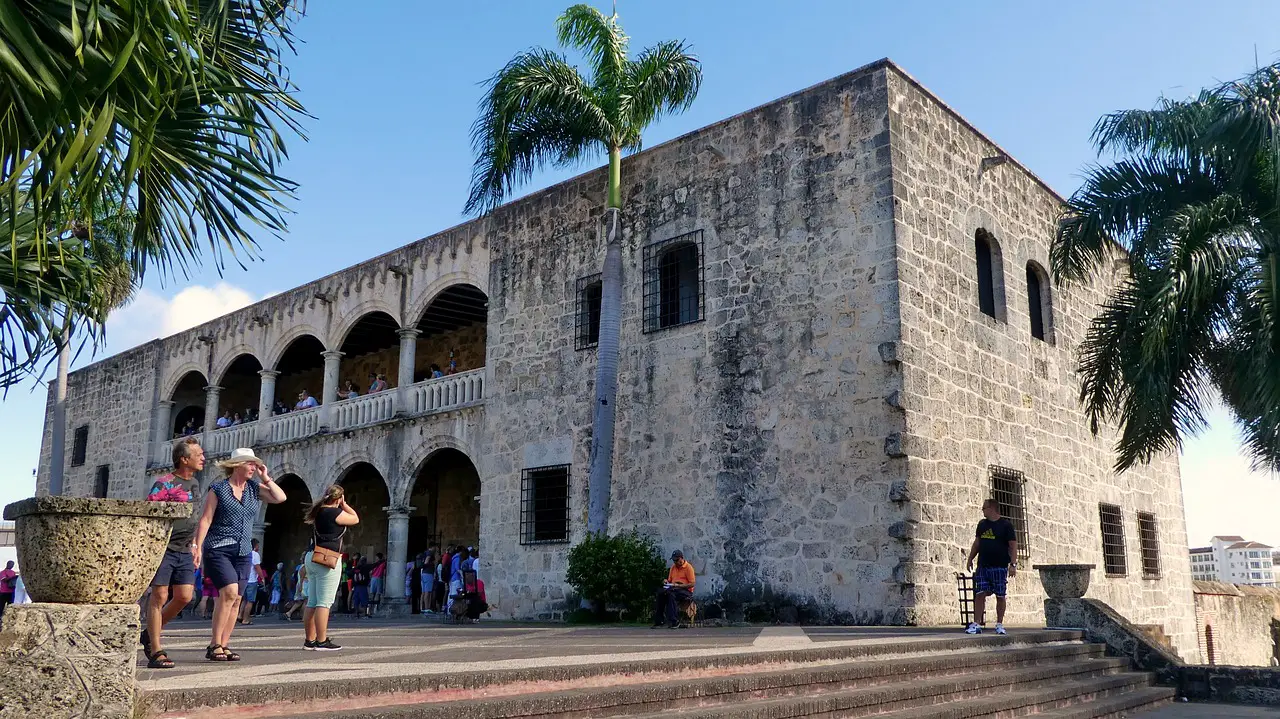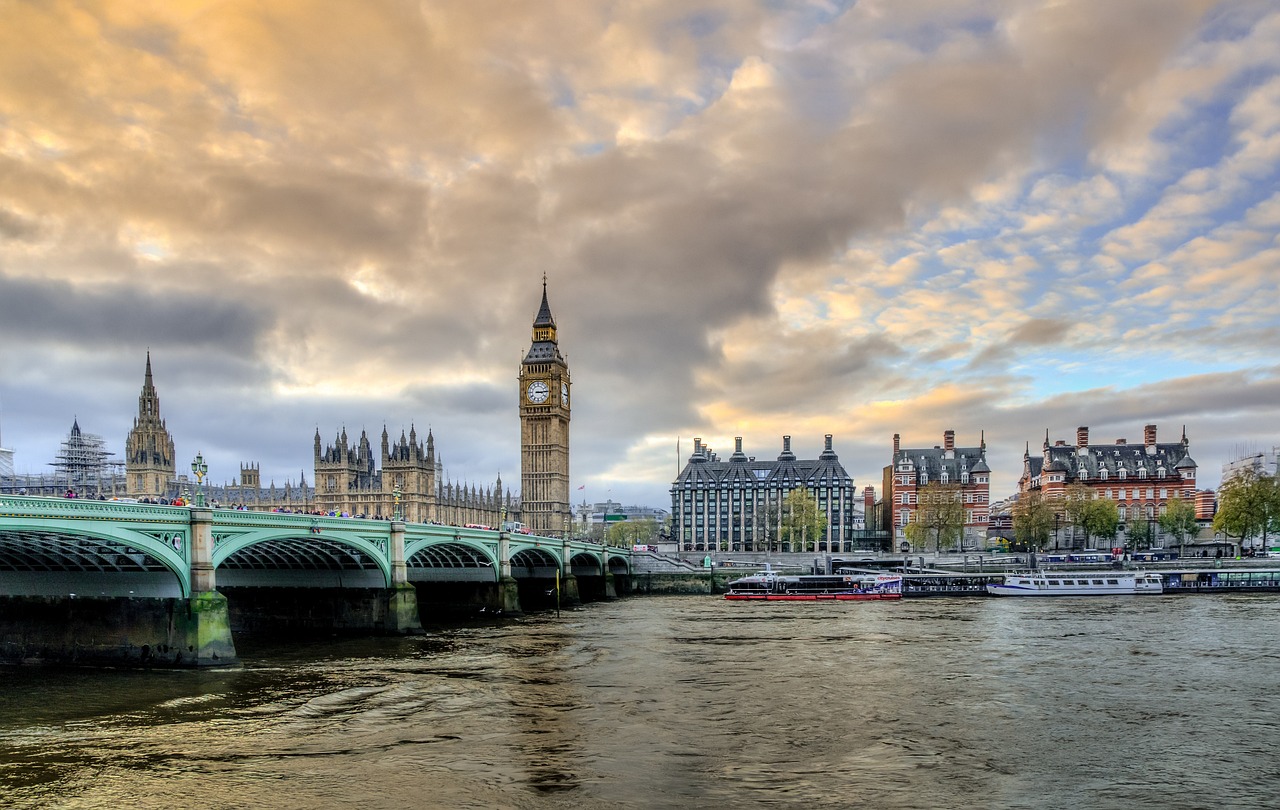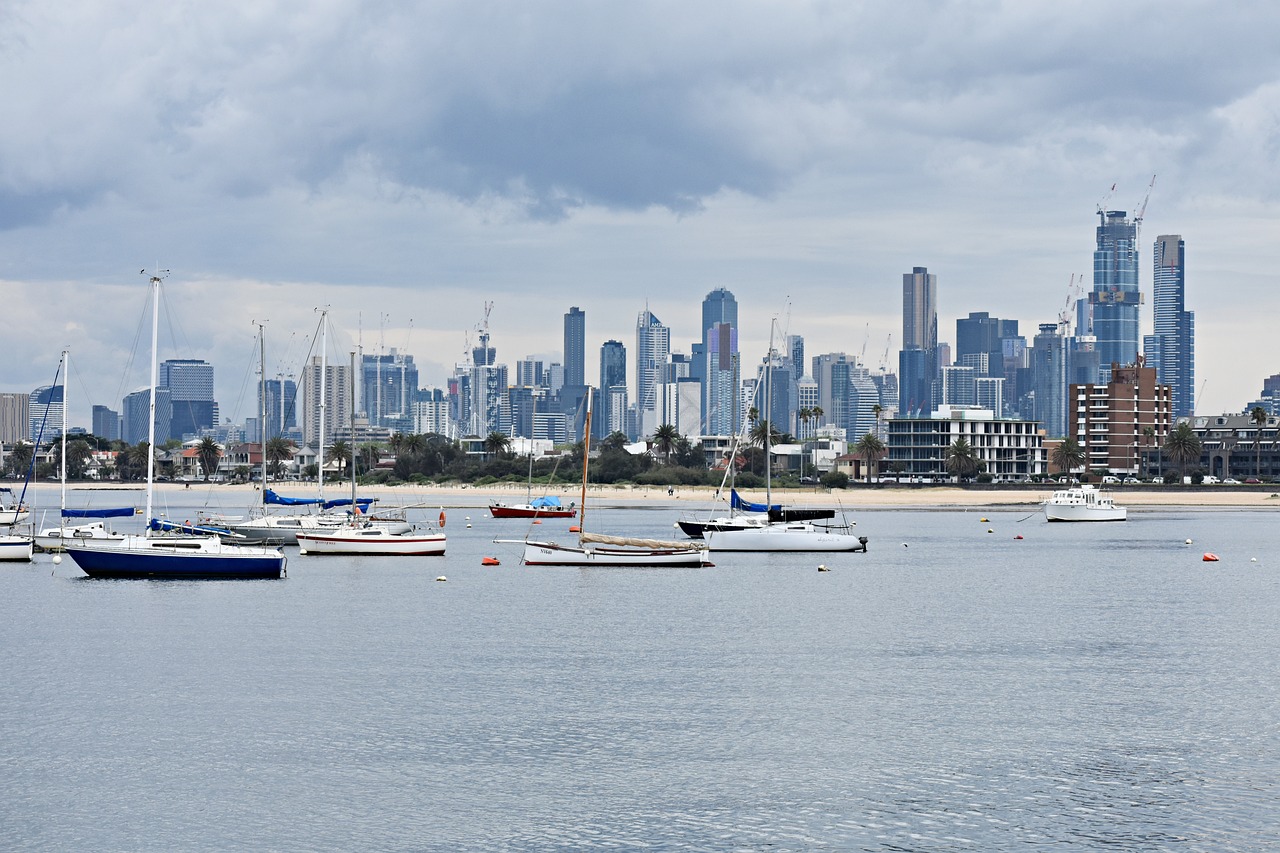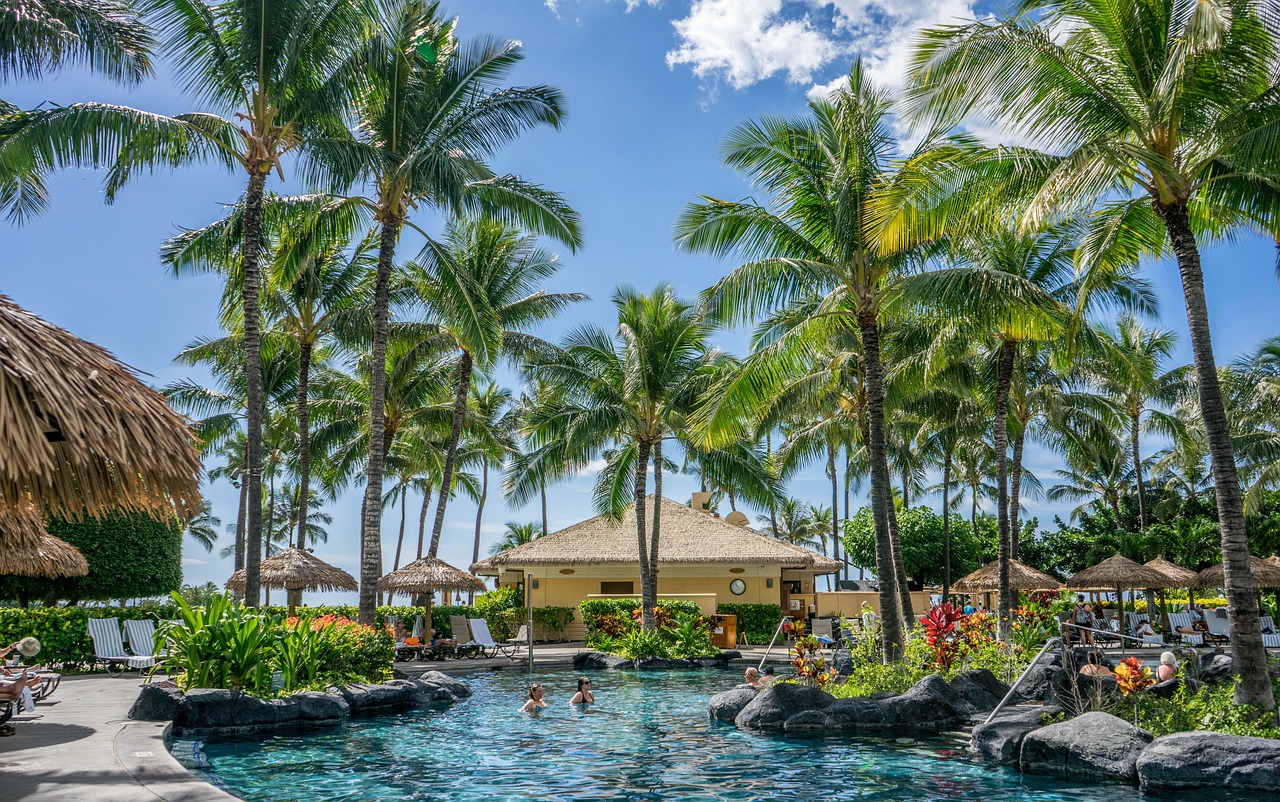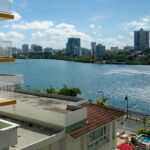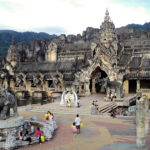Alaska, known for its breathtaking landscapes and pristine wilderness, is also home to a fascinating array of insects that thrive during the summer months. The seasonal warmth and extended daylight provide perfect conditions for various bugs to emerge and play crucial roles in the local ecosystems. In this article, we’ll explore some of the most common and intriguing bugs found in Alaska during the summer, their ecological roles, and tips on how to coexist with them.
Mosquitoes: The Ubiquitous Pests
Perhaps the most notorious of all Alaskan summer bugs are the mosquitoes. Alaska offers a prime breeding ground for these pests due to its abundant standing water where mosquitoes lay eggs. While they can be a nuisance, mosquitoes are also vital to the ecosystem, serving as food for birds, bats, and other insects. Visitors and residents can mitigate their impact by using insect repellent, wearing long sleeves and pants, and using mosquito nets, especially in the evening.
No-See-Ums: Tiny but Troublesome
No-See-Ums, or biting midges, are another common summer pest in Alaska. These tiny insects can be even more bothersome than mosquitoes because of their ability to pass through many types of screens. Like mosquitoes, they are attracted to water and emerge in large numbers. Protective clothing and repellents containing DEET can help keep these pests at bay.
Dragonflies: The Beneficial Predators
Dragonflies are among the most beneficial insects in Alaska during the summer. These spectacular flyers are not only a joy to watch but are also voracious predators of mosquitoes and other small insects. Their presence near water bodies helps control the populations of pests, naturally reducing the need for chemical interventions.
Bees and Wasps: Pollinators and Predators
Summertime in Alaska sees an increase in the activities of bees and wasps, which are crucial for pollination and controlling other insect populations. While bees generally do not pose a threat unless provoked, wasps can be more aggressive and are known to defend their nests vigorously. It is essential to exercise caution around their nests and avoid sudden movements that could provoke an attack.
Butterflies and Moths: The Colorful Flutterers
The warmer months also welcome a variety of butterflies and moths, which add beauty and color to the Alaskan landscape. These insects are important pollinators for many native plants. Observing these creatures can be a delightful activity, especially for those interested in photography or nature studies.
Coexisting with Alaskan Bugs
Living with or visiting a place with such a diverse insect population requires tolerance and some preparation.
Using eco-friendly repellents, maintaining proper netting, and wearing appropriate clothing can greatly enhance the experience of enjoying Alaska’s natural beauty without falling victim to its less welcome inhabitants.
Alaska’s summer bugs are as diverse as they are numerous. They play essential roles in their ecosystems, from pollination to pest control. Understanding these roles and the behaviors of these insects can transform a potentially annoying encounter into an opportunity for appreciation and respect for nature’s complexity.
Whether you’re a resident or a visitor, taking the time to learn about these summer bugs will enrich your Alaskan adventure.
While mosquitoes, no-see-ums, dragonflies, bees, and butterflies are the most common, Alaska’s summer also brings out some less-known but equally fascinating insects. Let’s delve into some of these unique creatures and their behaviors that further highlight the entomological diversity of the state.
Spruce Bark Beetle: A Forest Shaper
The spruce bark beetle might be small, but its impact on Alaskan forests is significant. These beetles bore into the bark of spruce trees, where they lay their eggs, disrupting the tree’s ability to transport nutrients and water.Although they can contribute to forest degradation, these beetles are a natural part of the ecosystem’s cycle, influencing forest regeneration and biodiversity. Their activity peaks during warmer years, making their presence more notable in some summers than others.
Black Flies: The Swarming Menace
Black flies are another group of insects that thrive in the Alaskan summer. Known for their swarming behavior and painful bites, they can make outdoor activities less enjoyable during their peak season. Like mosquitoes, they are attracted to bodies of water where they breed. Despite their nuisance, they are important food sources for birds and fish. Wearing light-colored clothing and using head nets can help reduce their bothersome impact.
Yellow Jackets: Summer’s Aggressive Guests
Yellow jackets increase in number and activity as the summer progresses, particularly towards the end of the season when their search for food becomes more desperate. These wasps are more aggressive than other stinging insects and can sting multiple times, posing a risk to those allergic to their venom. Keeping food covered during picnics and promptly dealing with garbage can help minimize encounters with yellow jackets.
Arctic Bumblebees: Cold Weather Champions
The Arctic bumblebee is a marvel of adaptation, capable of thriving in the cold Alaskan climate. These bees have a crucial role in pollinating native plants, some of which are adapted specifically to pollination by bumblebees. Their ability to regulate body temperature allows them to remain active on colder days when other insects would be inactive, making them vital players in their ecosystems.
Found skimming across the surfaces of ponds, lakes, and rivers, water striders are fascinating to watch. These insects can walk on water thanks to their long legs that distribute their weight evenly over a large area, capitalizing on the water’s surface tension. They feed on insects that fall into the water, contributing to the aquatic food web.
Embracing the Insect Life of Alaska
Alaska’s summer insects, from the irritating to the intriguing, form a complex web of life that supports the broader ecological community. Embracing this aspect of Alaskan life means respecting the roles these creatures play. By taking preventive measures against the more troublesome bugs and appreciating the beneficial ones, residents and visitors alike can enjoy the natural splendor of Alaska more fully.
Alaska’s insect population during the summer is a testament to the resilience and diversity of life in extreme environments. By understanding and respecting these creatures, we can appreciate not just the beauty they bring but also the vital ecological roles they fill. Whether you’re exploring the backcountry or enjoying the long, sunny days in your backyard, Alaska’s summer bugs are an integral part of the experience.

